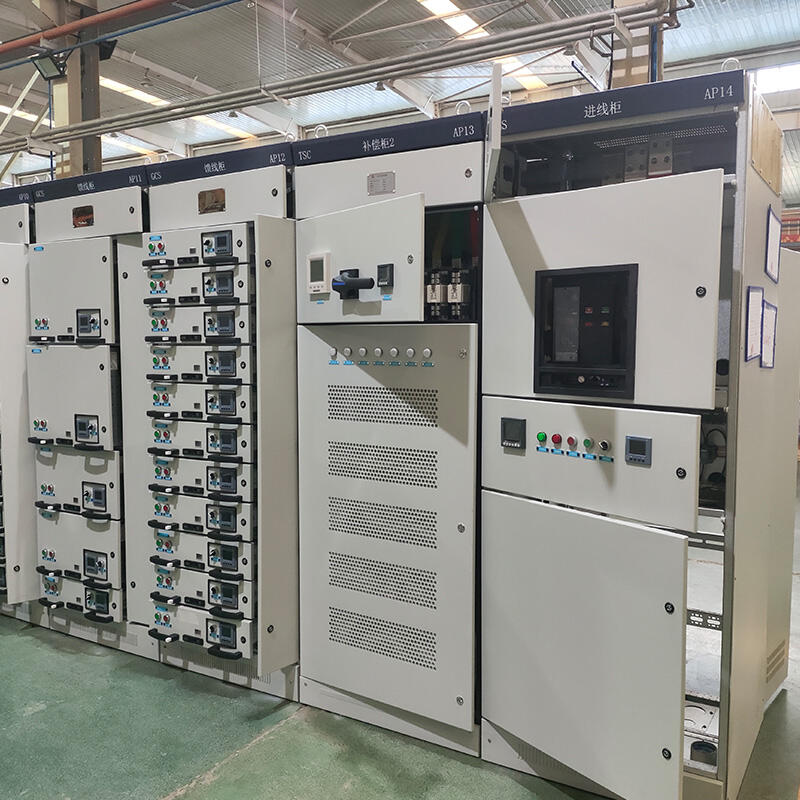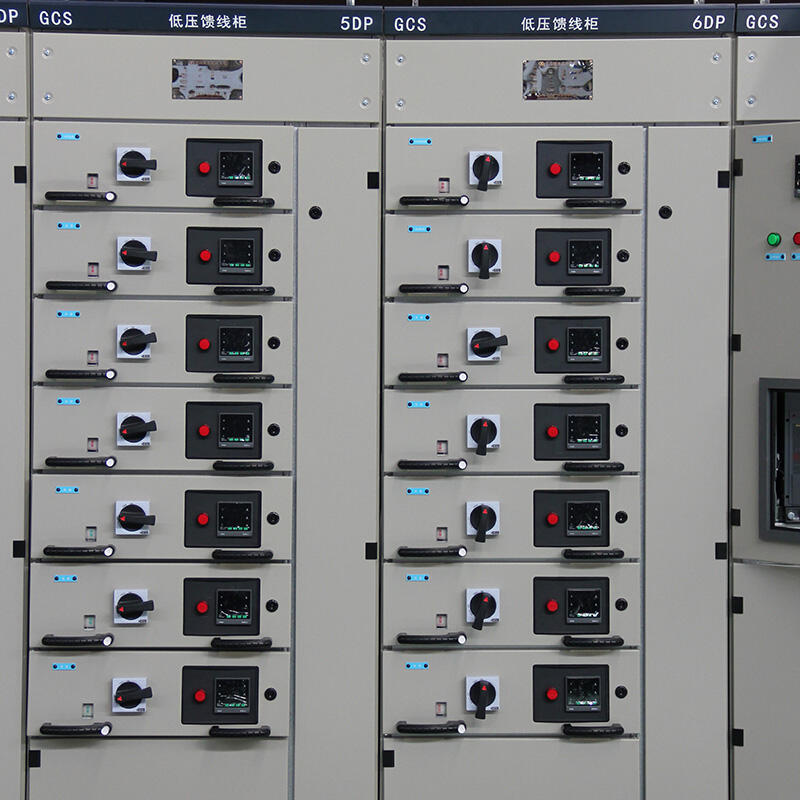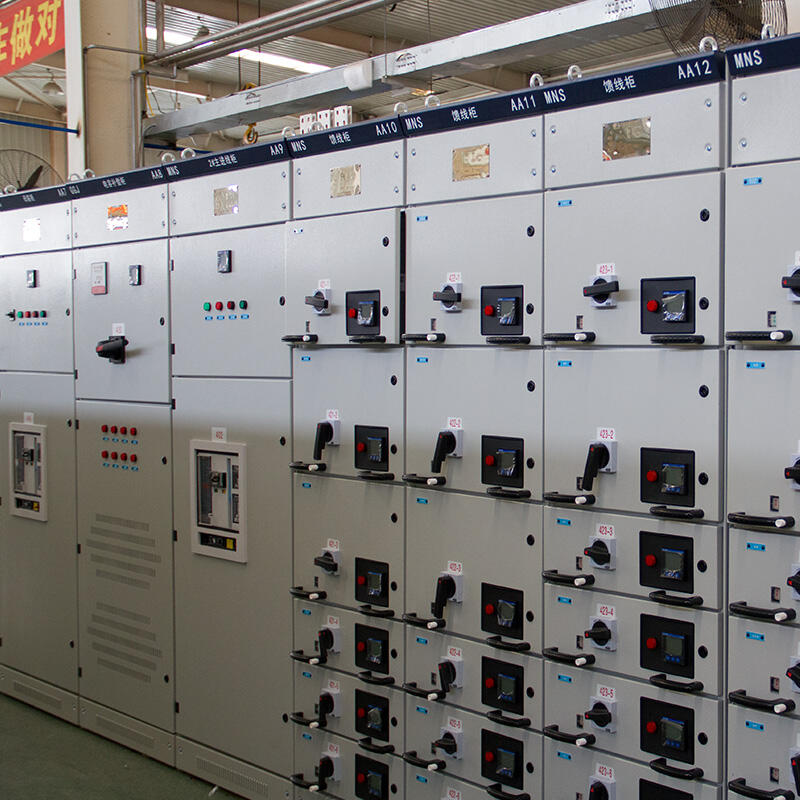Switchgear protection and control are essential functions that ensure the safe and reliable operation of electrical power systems. Protection mechanisms within switchgear are designed to detect and isolate electrical faults, such as short circuits, overloads, and earth faults, preventing damage to equipment, minimizing downtime, and safeguarding personnel. These protection systems include relays, fuses, and circuit breakers that act quickly to interrupt the flow of electricity when abnormal conditions are detected. The effectiveness of switchgear protection depends on accurate fault detection, rapid response times, and selective tripping, which ensures that only the affected part of the system is isolated, allowing the rest to continue operating. Control functions, on the other hand, involve managing the operation of switchgear components, such as opening and closing circuit breakers, to regulate power flow, reconfigure the system, and maintain stability. Modern switchgear protection and control systems often integrate digital technology, enabling advanced features like programmable logic controllers (PLCs), communication protocols, and human-machine interfaces (HMIs). These digital systems provide real-time data on system performance, allowing operators to monitor conditions, analyze trends, and make informed decisions. They also facilitate remote operation and automation, reducing the need for manual intervention and improving response times. Proper coordination between protection and control functions is critical to ensuring the overall reliability and safety of the electrical system, making switchgear protection and control key areas of focus for designers, manufacturers, and operators in the power industry.


